We know that people have different learning styles. Some of us learn best by watching (visual learners), others by listening (auditory learners) and some of us learn best by getting their hands dirty and giving it a go (kinaesthetic/tactile learners).
Understanding how your child learns best is important as it allows us to help them more effectively. This can make the learning experience more enjoyable (and valuable) for everyone involved! However, there is another kind of “style” that you should also be mindful of. No, I’m not talking about a “boho chic” or “hipster cool” fashion sense. I’m referring to your child’s communication style.
Children begin to develop their communication style the moment they are born. We see it in the way they look at people and objects, smile, coo, laugh, gurgle, babble and yes, cry! They are constantly working out what gains attention and recognising all the different ways people respond to and interact with them.
When identifying a child’s communication style, it essentially boils down to two main factors:
- Do they start interactions with others?
- Do they respond when others start an interaction with them?
By looking at how frequently children initiate and respond during interactions, we can identify four different communication styles, each of which describes the way a child interacts most of the time. It is important to remember that a child’s communication style may vary depending on the situation and with whom they are interacting with.
The four communication styles…
Sociable Communication Style:
Children with sociable communication styles find it very easy to draw attention to themselves and start an interaction with someone. They are also very responsive when other people start an interaction with them. Some sociable children interact freely in any situation, but others may be more sociable with their peers than with their teachers etc.
If language delayed, a sociable child may be slow to talk or difficult to understand. They may also be less socially mature than their peers, however they remain eager to interact with others.
Reluctant Communication Style:
Children with a reluctant communication style rarely start interactions with others and may take a long time to “warm up” before they respond, especially to people they don’t know very well. Peer interactions tend to be more difficult for these children.
Some children may become reluctant communicators as a result of experiencing speech or language difficulties. They may avoid starting interactions with others because of the difficulties they have in making themselves understood, yet will usually respond when others make an effort to interact with them.
Own agenda communication style:
Children who present with an own agenda communication style, spend a lot of time playing on their own. They often appear uninterested in interacting with adults and peers. They may initiate an interaction when they need something, but frequently reject or ignore the efforts of others to engage with them. This is different to the “independent phase” that typically developing children often go through when they want to “do their own thing”.
Passive communication style:
A child with a passive communication style rarely responds or initiates an interaction. It can be hard to connect with these children because they appear to show little interest in the objects or people around them. Children who are unwell or who take medications that make them tired may have a more passive style than they normally would. If this is the child’s consistent style of interaction however, it can reflect a developmental delay.
You can have a look at our previous post for tips on “How to encourage a child who won’t talk” here.
Why is it important to be aware of different communication styles…?
It’s important to be aware of the different communication styles because although we may not realise it, a child’s communication style affects the way we interact with them.
Sociable children get the most attention because they demand it. I’m not just talking about the “Mum, Look at me! Look at me! You’re not looking!!!” kids here. A child who says hello to others kids at the park will get more attention than the child who is playing alone. The student who raises their hand to ask a question, gets more attention than the student who is sitting quietly, looking at the board. The baby who squeals, smiles and laughs when you play peekaboo will get more attention than the baby who looks away. It’s not favoritism, it’s human nature. When someone initiates an interaction, naturally we respond.
But what about the children who don’t demand attention? You don’t need to be a rocket scientist to work out that when someone isn’t interacting with you, you are less likely to interact with them. Now, I’m not saying we need to interact with our children every single second of the day. As a parent myself, I take advantage of those thrilling (and often fleeting) moments when the kids are entertaining themselves, to put a load of washing on, make a cup of tea or go totally crazy and go to the bathroom alone. I know. I’m a party animal!
The problem is, if you have a child who rarely starts interactions, doesn’t respond much and/or happily plays alone all day it can be very easy to fall into the trap of having fewer interactions with them overall. What’s more, many of the interactions that you will have will be about “necessities” such as, “Are you hungry?”, “Do you want more water?” “Have you finished?”.
As a result, these children miss out on the wonderful “random” conversations that we tend to have naturally with their sociable peers – conversations that build confidence and encourage language learning. For children who are not involved in frequent interactions, the consequences are obvious – they have fewer opportunities than their sociable peers to develop social and language skills. This is a huge problem for children who are language delayed and for the children who lack the confidence to communicate freely, as they often have their negative perceptions of themselves as communicators confirmed, “I’m not good at communicating, so what’s the point in trying?”. This can have devastating consequences.
Whilst a child’s communication style does have a lot to do with their overall personality, it is also influenced by their physical health, side effects of medications, overall development, how comfortable they feel in a particular situation, as well as your parenting style. (You can read our previous post on how parenting styles affect the way children learn here). What’s more, children’s communication styles are not set in stone. Instead they evolve as the child builds their own view of themselves as a communicator, based on the thousands of interactions they have had with caregivers, siblings and peers.
We know all children are unique and that we need to celebrate their differences. However, it is important to understand children’s communication styles as it helps us appreciate why some children communicate so naturally and why others find it so difficult.
Children who have a reluctant, own agenda or passive communication style often need extra support to get involved in an interaction. The good news is, there are lots of techniques and strategies that can be used at home, childcare and school, in order to encourage and support children’s language development and social interactions. Most importantly, we need to ensure that we empower each and every child, so that they know that what they have to say is important and worth listening to!
Don’t forget to Like Modern Speechie on Facebook for more information and tips to help your child be the best communicator they can be!

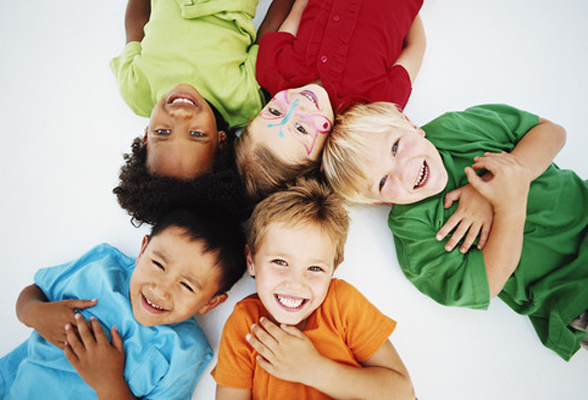
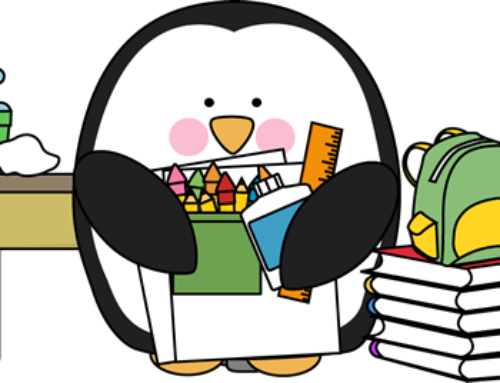
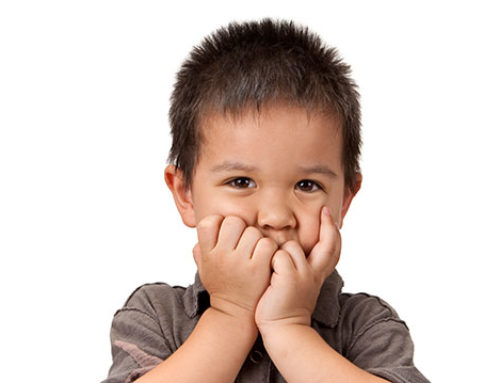
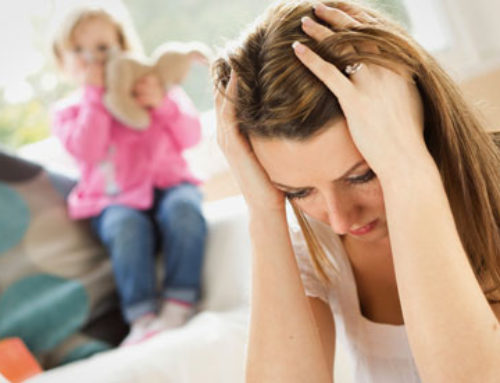
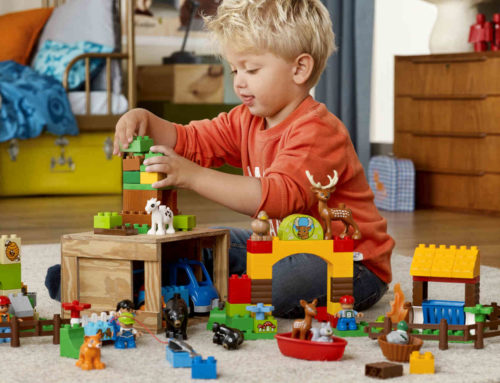

Leave A Comment